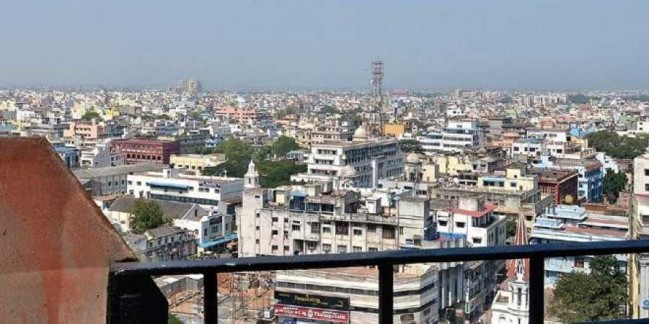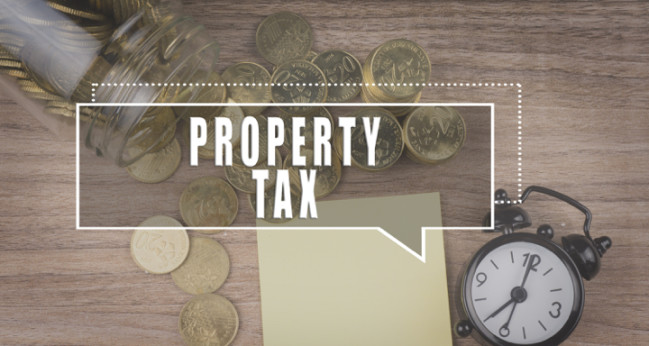Chennai’s George Town To Be Redeveloped Soon
Highlights:
- Chennai Metropolitan Development Authority (CMDA) will launch a year-long survey to redevelop one of Chennai’s most densely populated and disorganized areas “Geroge Town”.
- Most of the buildings in George Town have architectural violations and are not considered safe.
- An initial survey conveyed by the Chennai Metropolitan Development Authority (CMDA) exposed that over 99% of the buildings in the town had violated the construction standards.
- The Authority would analyze all major features of wider roads, public open spaces, better ventilation, improve physical and social infrastructural facilities to fulfill better living conditions in the city.
- The Madras School of Economics will provide direction in the development of business and economic profile of the George Town area.
- To start this project, an amount of Rs 40 lakhs was issued in the month of September and by March 2020 this project.
The city of Chennai could add one more feather to its cap as in a major announcement, the oldest quarters of Chennai, George Town is all set to be redeveloped soon. Chennai Metropolitan Development Authority (CMDA) will launch a year-long survey to redevelop one of Chennai’s most densely populated and disorganized areas.
An official from the housing and urban development department said the purpose of the study was to redevelop the area without displacing the local population.
The Authority would analyze all major features of wider roads, public open spaces, better ventilation, improve physical and social infrastructural facilities to fulfill better living conditions in the city. Apart from that, the authority will also survey the volume of sewage discharged by the households and the amount of water supply in the area.
In 2014, a survey was conducted by Chennai Corporation and found that of the 11,300 buildings on roads that are less than 9m wide, only 72 were constructed as per the planning permission. The report submitted to the Madras High Court said that more than 99% of buildings in George Town were constructed either without an approved plan or in violation of rules.
An initial survey conveyed by the Chennai Metropolitan Development Authority (CMDA) exposed that over 99% of the buildings in the town had violated the construction standards. Some of these do not even have the approved plan. The current survey conducted by the authority will principally focus on the repair of buildings in adherence to the Tamil Nadu Combined Development and Building Rules (TNCDBR).
Two locations from Chennai have been selected for the pilot project, 2nd being 151 hectares of Agaramthen Village which falls under the jurisdiction of St Thomas Panchayat Union.
Most of the buildings in George Town have architectural violations and are not considered safe.
More than 60% of the buildings in the area are over 50 years old. As a result, immediate consideration is required to assure safety.
The George Town area named for the pilot town planning scheme is surrounded by Wall Tax Road on the West, Basin Bridge Road on the North, North Fort Road and Periyar EVR Salai on the South, and Rajaji Salai on the East.
As per the 2nd Masterplan Land Use Map, the area preferred for the pilot project is listed under various land-use zones which include primary residential, mixed residential use zone, institutional and industrial use zones.
The Madras School of Economics will provide direction in the development of business and economic profile of the George Town area.
Sources said a business and economy profile of George Town will be made to identify town planning interventions needed for business growth and expansion.
This may add the development of a logistics park or a financial hub to provide banking, insurance, and legal sectors.
The research was previously approved by CMDA to form guidelines and unfold effective means to implement redevelopment projects in Chennai Metropolitan Area.
The guidelines are usually for the area redevelopment which includes demolition and reconstruction of private and government properties including reconstitution of plot and better circulation by means of new roads.
On 30th November 2019, for the development of George Town, as a part of the pilot local area plan and implementation of the pilot town planning scheme at Agaramthen Village under Atal Mission for Rejuvenation and Urban Transformation (AMRUT), the center has approved an amount of Rs 2 crore.
It must be considered that 150 hectares in George Town would be redeveloped and the town planning scheme would be implemented in 151 hectares of Agaramthen. To start this project, an amount of Rs 40 lakhs was issued in the month of September and by March 2020 this project would be completed.
Chennai is among the 25 cities selected for the above-said pilot project. As TUFIDCO has not issued the funds to CMDA or Chennai Metropolitan Development Authority which is the nodal agency, the funds issued by the center is yet to be utilized.
About George Town:
In 1911, during the colonial period, the area in and around Muthialpet in Madras was renamed as George Town by the British. In honor of King George V when he was honored Emperor Town make larger approximately from Chennai Central railway station and People’s Park in the west to the Bay of Bengal in the east. To the north is Basin Bridge and Royapuram while Fort St George bounds it on the South
Image source: New Indian Express


